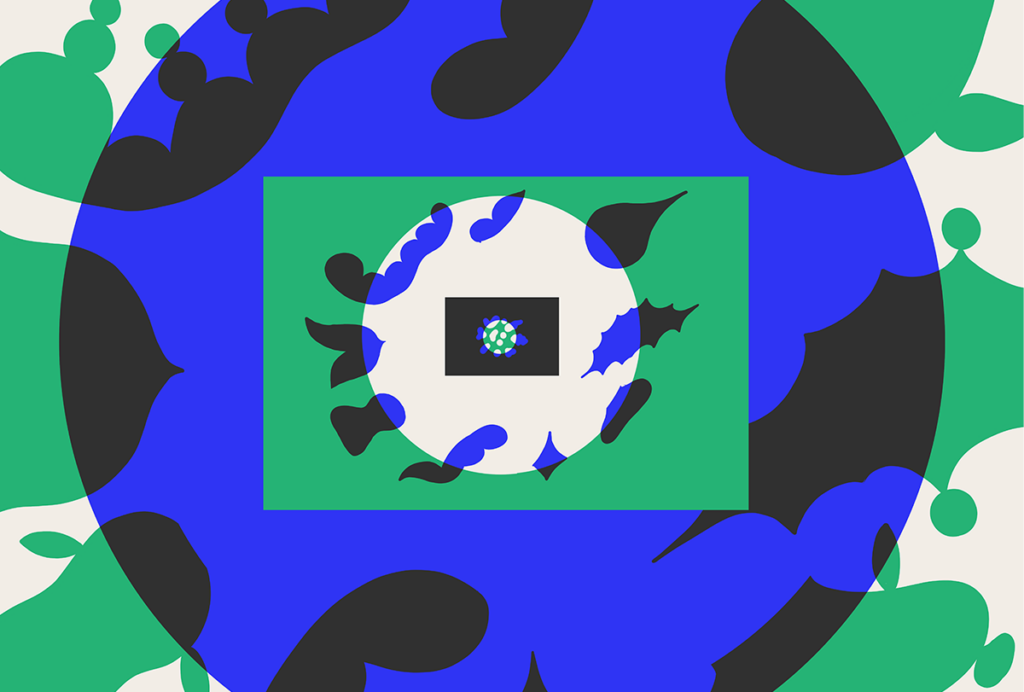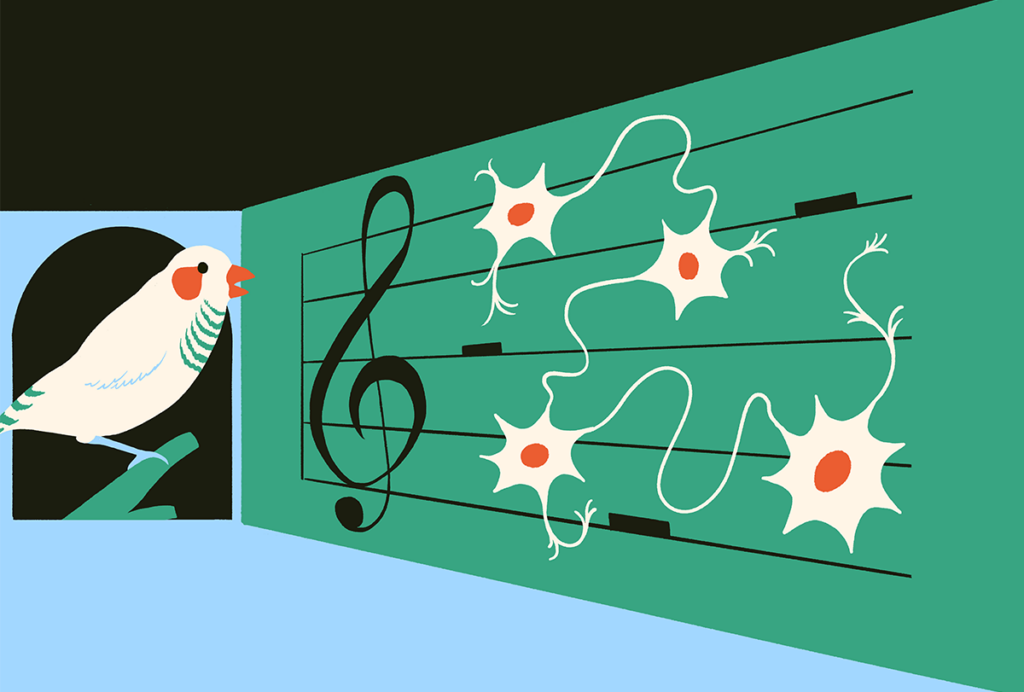Julien Posture
Illustrator
From this contributor
The best of ‘this paper changed my life’ in 2025
From a study that upended astrocyte research to one that reignited the field of spiking neural networks, experts weighed in on the papers that significantly shaped how they think about and approach neuroscience.

The best of ‘this paper changed my life’ in 2025
This paper changed my life: Nancy Padilla-Coreano on learning the value of population coding
The 2013 Nature paper by Mattia Rigotti and his colleagues revealed how mixed selectivity neurons—cells that are not selectively tuned to a stimulus—play a key role in cognition.
This paper changed my life: Sandra Jurado marvels at the first-ever 3D model of a synaptic vesicle
In this 2006 Cell paper, Shigeo Takamori and his colleagues showcased the molecular machinery of synaptic vesicles in outstanding detail. Their work taught me that these aren’t just passive containers for neurotransmitters but dynamic, precision-built nanomachines.
This paper changed my life: Dan Goodman on a paper that reignited the field of spiking neural networks
Friedemann Zenke’s 2019 paper, and its related coding tutorial SpyTorch, made it possible to apply modern machine learning to spiking neural networks. The innovation reinvigorated the field.

This paper changed my life: Dan Goodman on a paper that reignited the field of spiking neural networks
This paper changed my life: Abigail Person on birdsong, feed-forward circuits and convergent computations
By isolating specific neuron types involved in zebra finch birdsong, this 2002 Nature paper from Michael Fee and colleagues revealed elegant neural mechanisms controlling the timing of natural learned behavior.
Explore more from The Transmitter
Some facial expressions are less reflexive than previously thought
A countenance such as a grimace activates many of the same cortical pathways as voluntary facial movements.

Some facial expressions are less reflexive than previously thought
A countenance such as a grimace activates many of the same cortical pathways as voluntary facial movements.
Cracking the neural code for emotional states
Rather than act as a simple switchboard for innate behaviors, the hypothalamus encodes an animal's internal state, which influences behavior.

Cracking the neural code for emotional states
Rather than act as a simple switchboard for innate behaviors, the hypothalamus encodes an animal's internal state, which influences behavior.
Alex Maier argues that a scientific explanation of consciousness requires grounding in formalized mathematics
When it comes to discovering laws of nature for consciousness similar to those in physics, Maier argues that integrated information theory is the only game in town.
Alex Maier argues that a scientific explanation of consciousness requires grounding in formalized mathematics
When it comes to discovering laws of nature for consciousness similar to those in physics, Maier argues that integrated information theory is the only game in town.


